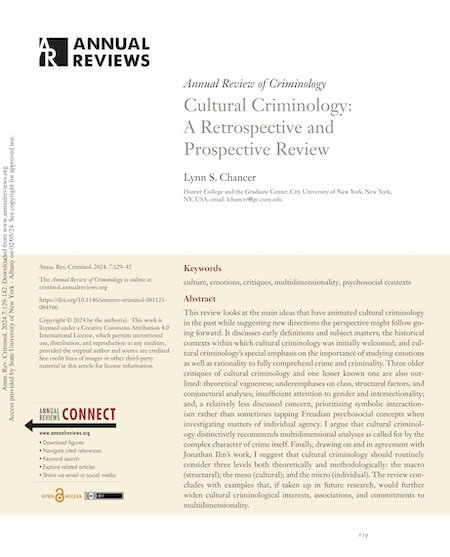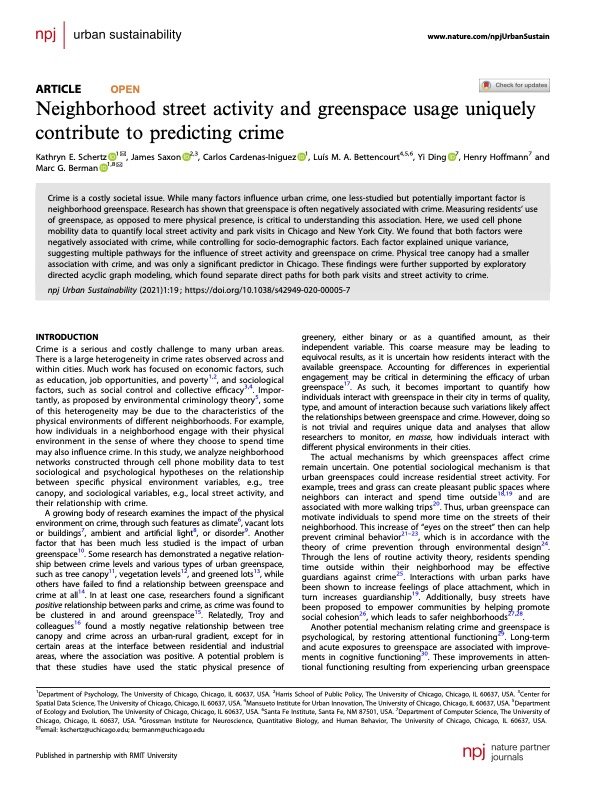By Michael Zoorob, Daniel T. O'Brien
Crime is highly concentrated at places that lack capable place managers (i.e., landlords and their delegates). In response, numerous cities have instituted problem property interventions that pressure landowners to better manage properties suffering from decay, nuisance, or crime. This approach is distinctive in that it both targets a place and incentivizes those legally responsible to improve its management, yet little is known about the efficacy of such interventions. We assess the short- and long-term impacts of such interventions in Boston, Massachusetts, using matched difference-in-difference analyses. Problem property interventions reduced crime and disorder relative to comparable matched properties. They also led to property investment and landowner turnover, suggesting strengthened place management. In addition, drops in crime and disorder were observed at other properties on the same street, although not at other properties with the same owner throughout the city. This study, therefore, provides evidence that problem property interventions compel landowners to better manage the targeted property and that these effects have a diffusion of benefits on surrounding properties. The effect on place management, however, was limited to the target property and did not reliably generalize to the landowner's other holdings. This study reveals nuance in the ways that problem property interventions can benefit communities.
Criminology, Volume62, Issue1 February 2024 Pages 64-89















